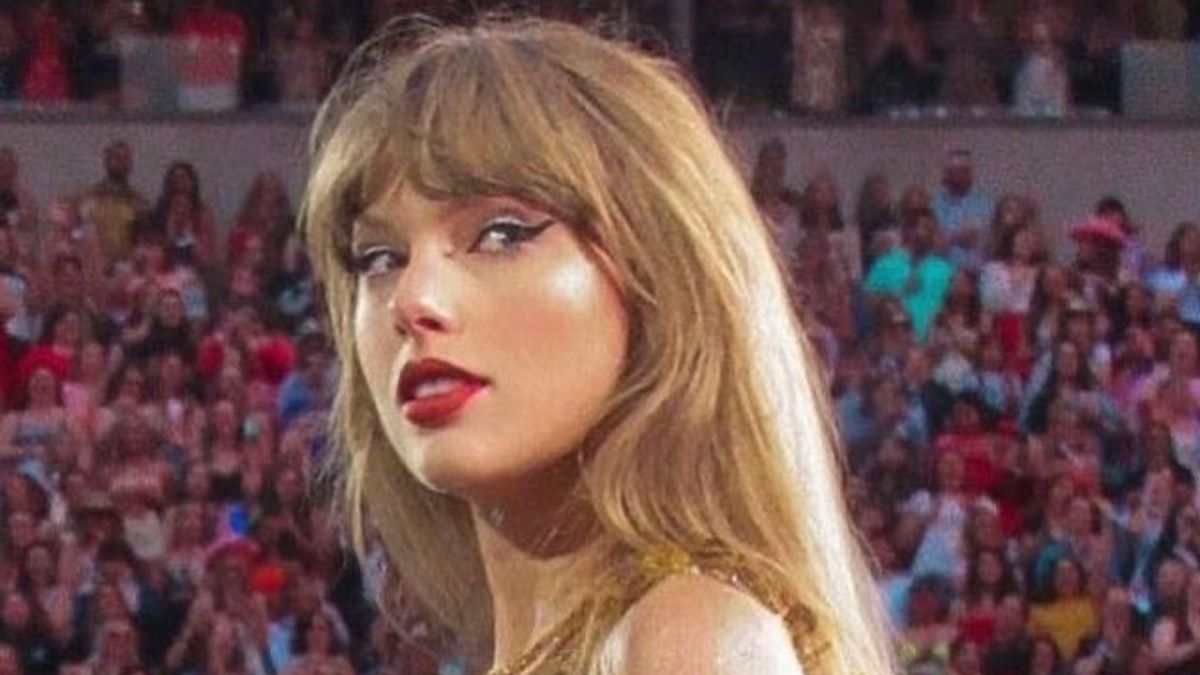JAKARTA - Researchers criticized US officials for not implementing stricter artificial intelligence (AI) rules before pop artist Taylor Swift, who was a victim of deepfakes. Images showing Grammy winners four times in a series of sexual acts while wearing Kansas City Chief attributes and in stadiums - as well as pornographic content - were viewed 47 million times online before being finally removed.
A professor at George Washington University Law School said that if the appropriate legislation was "separated years ago," Swift and others would not experience such abuse. "We are too late in this," said Mary Anne Franks.
Not only the 14-year-old girl or Taylor Swift, but also politicians and world leaders who will be victims. Swift's Deepfake went viral and prompted lawmakers to take action.
Channel X closed an account that initially posted images of Swift's graphic deepfake for violating platform policies, but it's too late - the image has been reposted 24,000 times. A report from 404 Media revealed that the images may have come from a group on Telegram after users made fun of how Swift's images went viral.
Last week, US senators introduced the Law on Action Against Deviant False Images and Editing Without the 2024 Agreement (DEFIANCE Act) shortly after Swift became a victim of deepfake technology. "Although the images may be fake, the damage caused to victims from the sexually explicit 'deepfake' distribution was very real," said Majority Senator Whip Dick Durbin (D-Illinois) last week.
In 2023, a study found that in the last five years, there has been a 550 percent increase in fake image creation, with 95,820 deepfake videos posted online just last year.
SEE ALSO:
Representative Joseph Morelle (D-New York), who introduced the Deepfake Prevention Act from Intimate Images, called for other lawmakers to immediately take emergency action against image improvements and deepfake videos.
However, despite a lot of talks, there are still no rules set to protect US citizens from becoming victims of images or video deepfakes without consent. This raises challenges in determining who should be prosecuted for criminal acts when a law has been passed that make deepfake illegal.
In the end, US senators and representatives introduced legislation aimed at reinforcing victims, limiting the distribution of deepfake images, and demanding that those responsible for the image. While there are still many hurdles, these legislative measures are in response to concerns over the negative impact of deepfakes on individuals and society.
The English, Chinese, Japanese, Arabic, and French versions are automatically generated by the AI. So there may still be inaccuracies in translating, please always see Indonesian as our main language. (system supported by DigitalSiber.id)















